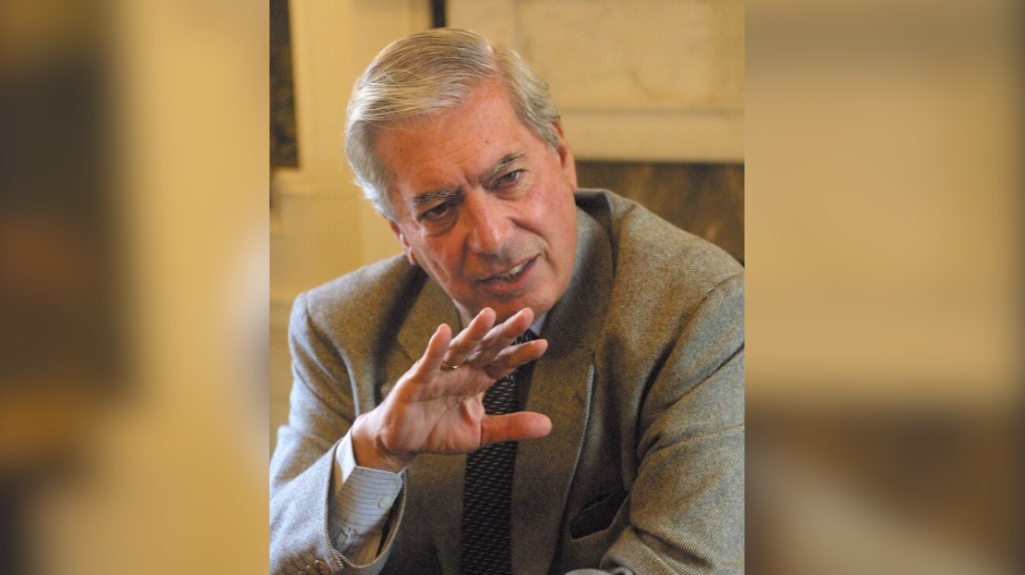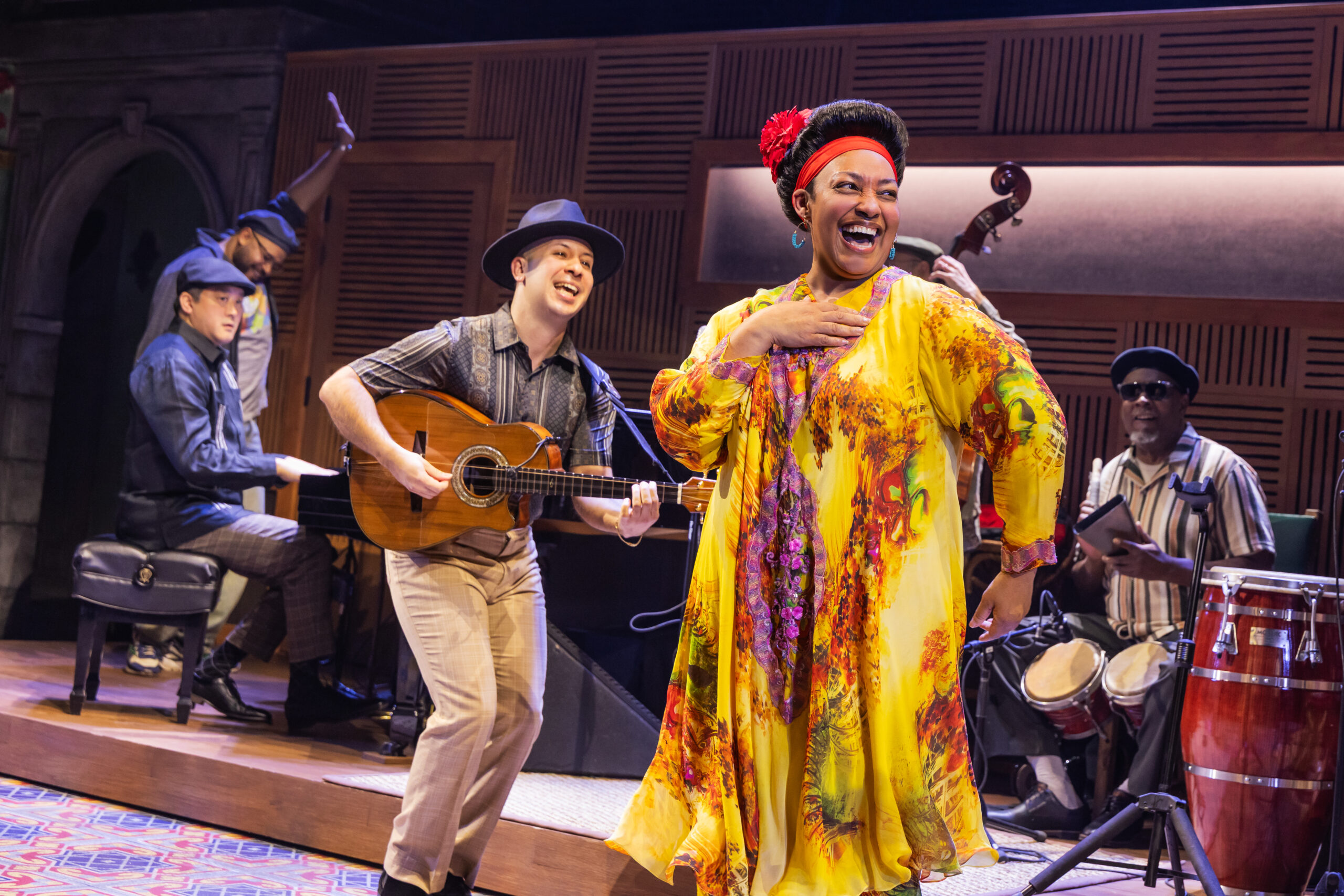LatAm in Focus: The Story behind Joaquín Orellana’s Musical Sculptures
LatAm in Focus: The Story behind Joaquín Orellana’s Musical Sculptures
By
Luisa Leme
Co-curators Sebastian Zubieta and Diana Flatto share sounds from The Spine of Music.
Joaquín Orellana: The Spine of Music
Open to the public from January 20 to April 24, Americas Society presents the first U.S. exhibition of the Guatemalan composer's innovative instruments alongside contemporary art.










